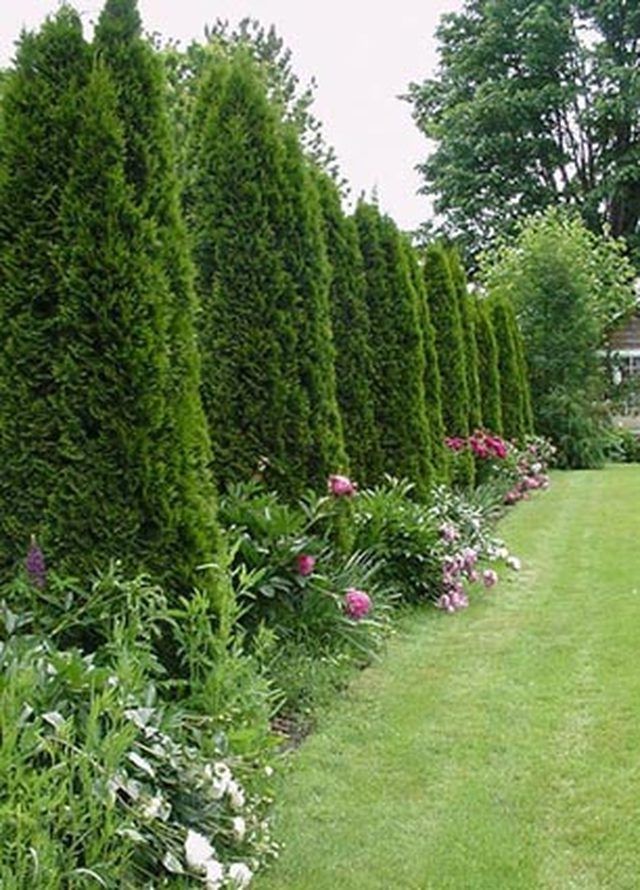Bulbs
Flower Basics
Flower Beds & Specialty Gardens
Flower Garden
Garden Furniture
Garden Gnomes
Garden Seeds
Garden Sheds
Garden Statues
Garden Tools & Supplies
Gardening Basics
Green & Organic
Groundcovers & Vines
Growing Annuals
Growing Basil
Growing Beans
Growing Berries
Growing Blueberries
Growing Cactus
Growing Corn
Growing Cotton
Growing Edibles
Growing Flowers
Growing Garlic
Growing Grapes
Growing Grass
Growing Herbs
Growing Jasmine
Growing Mint
Growing Mushrooms
Orchids
Growing Peanuts
Growing Perennials
Growing Plants
Growing Rosemary
Growing Roses
Growing Strawberries
Growing Sunflowers
Growing Thyme
Growing Tomatoes
Growing Tulips
Growing Vegetables
Herb Basics
Herb Garden
Indoor Growing
Landscaping Basics
Landscaping Patios
Landscaping Plants
Landscaping Shrubs
Landscaping Trees
Landscaping Walks & Pathways
Lawn Basics
Lawn Maintenance
Lawn Mowers
Lawn Ornaments
Lawn Planting
Lawn Tools
Outdoor Growing
Overall Landscape Planning
Pests, Weeds & Problems
Plant Basics
Rock Garden
Rose Garden
Shrubs
Soil
Specialty Gardens
Trees
Vegetable Garden
Yard Maintenance
How to Space a Privacy Fence Using Arborvitae Pyramidalis
How to Space a Privacy Fence Using Arborvitae Pyramidalis. Planting trees to form an Arborvitae Pyramidalis privacy fence is a very effective way of creating a thick barrier behind which your life can proceed without the worry of being seen. The fence will grow over time, forming a stunning green wall that stays colorful even in the cold frostiness...

Planting trees to form an Arborvitae Pyramidalis privacy fence is a very effective way of creating a thick barrier behind which your life can proceed without the worry of being seen. The fence will grow over time, forming a stunning green wall that stays colorful even in the cold frostiness of winter. You will want to space the trees properly when they're young for maximum privacy.
Things You'll Need
Arborvitae Pyramidalis trees (as many as needed)
Measuring tape
Spray chalk
Shovel
Garden hose
Measure out the area where you want to have your privacy fence. Make sure you are not encroaching on your neighbor's property or that the trees won't be in 10 years' time. From end to end, measure just the length of the row and mark it with your spray chalk.
Each tree will need to be spaced three feet in all directions from the trunk. Measure three feet in from one end and make an X on the line to mark where the first tree will go. Measure six feet from that point and make another X for the next tree and so on until your line is done.
Make another row, six feet away but parallel with your first line. Mark it with chalk. Measure six feet from the beginning of the line and mark the spot for your first tree in this row. Continue as you do so for the first row. The position for the trees should be alternating if you look at them from a perpendicular vantage point of the row.
Dig holes for your trees on the X marks you made. The larger trees will be more expensive and take a little more work to plant, but they will provide more privacy instantly. Dig the hole about six inches larger than the root ball, set the tree in, pack in the dirt and water it well.
Keep watering the Arborvitae trees weekly during the first year, unless it is raining or the ground has frozen. They will grow just a few inches every year until they are about three feet from the center or six feet wide. After reaching this width, they will continue to grow in height about six to nine inches yearly.
Tips & Warnings
Keep the trees cleaned out at their base.
Keep heavy snow from pulling them down.